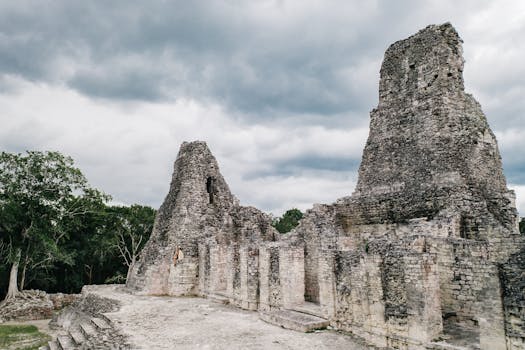
Traveling Through Time: How Europe’s Historical Heritage Shapes Modern Lifestyles in 2025
Traveling Through Time: How Europe’s Historical Heritage Shapes Modern Lifestyles in 2025. Europe, a continent steeped in history and tradition, has long been a hub of cultural and artistic expression. From the ancient ruins of Greece and Rome to the modern cities of London and Paris, Europe’s historical heritage continues to shape modern lifestyles in profound ways.
Introduction to Europe’s Historical Heritage
Europe’s historical heritage is a vast and diverse tapestry, woven from the threads of countless cultures, empires, and civilizations. From the Renaissance to the Enlightenment, and from the Industrial Revolution to the modern era, Europe has been at the forefront of human progress and innovation. Today, this rich legacy can be seen in the continent’s stunning architecture, vibrant art scenes, and cherished customs and traditions.
The Impact of Historical Heritage on Modern Lifestyles
So, how does Europe’s historical heritage shape modern lifestyles in 2025? The answer lies in the many ways that the past continues to influence the present. For example, Europe’s cities are often designed around historic landmarks and monuments, which serve as focal points for community and cultural activity. Similarly, the continent’s famous cuisine, from Italian pasta to French wine, is deeply rooted in traditional recipes and cooking methods. Even modern technologies, such as social media and e-commerce, are being used to promote and preserve Europe’s cultural heritage, making it more accessible to a wider audience.
Perspectives on the Future of Europe’s Historical Heritage
As we look to the future, it is clear that Europe’s historical heritage will continue to play a vital role in shaping modern lifestyles. Efforts to preserve and protect the continent’s cultural legacy are underway, from restoration projects to digital archiving initiatives. Meanwhile, innovative technologies, such as virtual reality and 3D printing, are being used to recreate and reinterpret historical artifacts and environments, making them more engaging and interactive for new generations.
Conclusion: The Enduring Appeal of Europe’s Historical Heritage
In conclusion, Europe’s historical heritage remains a powerful force in shaping modern lifestyles in 2025. Whether through architecture, art, cuisine, or customs, the continent’s rich cultural legacy continues to inspire and influence contemporary culture. As we travel through time, exploring the many wonders of Europe’s past, we are reminded of the importance of preserving and promoting our shared heritage, for the benefit of future generations.



